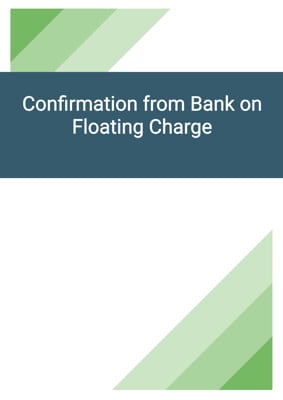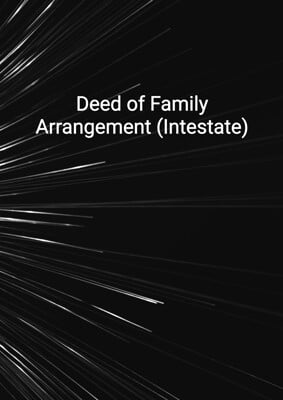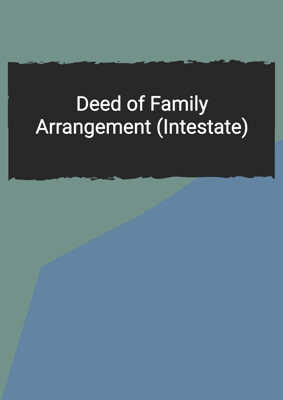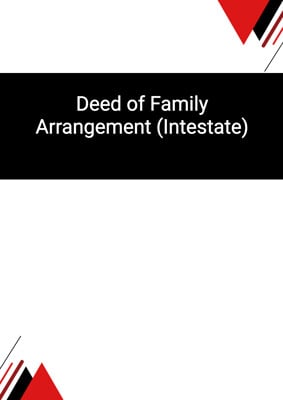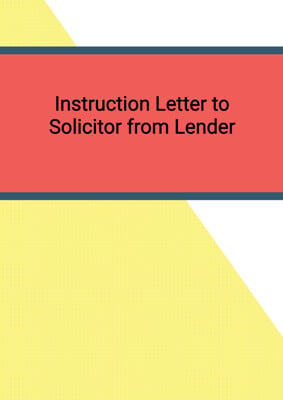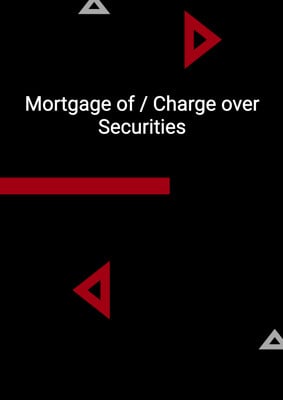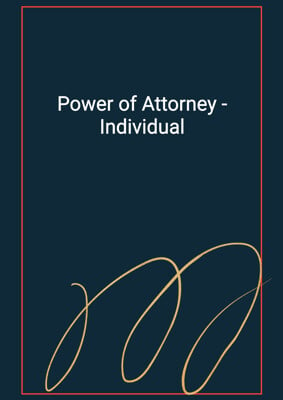How to Tailor the Document for Your Need?
01
Create Document
Fill in the details of the parties. You can click the "Fill with Member’s Information" button to complete it with information saved to your account.
02
Fill Information
Please fill in any additional information by following the step-by-step guide on the left hand side of the preview document and click the "Next" button.
03
Get Document
When you are done, click the "Get Document" button and you can download the document in Word or PDF format.
04
Review Document
The document should be signed by the authorised signatory (or directors of a company) and witnessed to complete the formality.
Document Preview
Document Description
The Deed of Release (Full Release) is a legal document that serves to release the security provider from all liability under the security agreement. It also releases the secured property from the security. This document is important as it ensures that both parties, the financier and the security provider, are released from any obligations or liabilities arising from the security agreement.
The document begins with an interpretation section, which provides definitions for certain terms used throughout the deed. The term 'security' refers to the security agreement executed between the parties, while 'secured property' refers to the property that is secured under the agreement.
The deed explicitly states that references to documents include any variations or replacements of those documents. It also clarifies that the term 'person' includes individuals, firms, companies, corporations, unincorporated associations, governments, and authorities. Additionally, references to a particular person include their executors, administrators, successors, substitutes, and assigns.
The deed consists of four main sections. The first section is the release section, where the financier releases the security provider from all liability under the security agreement. This ensures that the security provider is no longer obligated to fulfill any obligations or responsibilities outlined in the agreement. Additionally, the secured property is released from the security, meaning that any claims or rights over the property are relinquished.
The second section of the deed addresses third-party rights. It explicitly states that any person who is not a party to the deed has no rights to enforce any of its terms. This means that only the parties involved in the deed have the ability to enforce its provisions or make changes to them. The parties also do not require the consent of any person who is not a party to the deed in order to rescind or vary a provision or right created under it.
The third section of the deed is the governing law section. This section specifies the jurisdiction under which the deed is governed. It ensures that any disputes or legal matters arising from the deed will be resolved in accordance with the laws of the specified jurisdiction.
Finally, the deed concludes with a witness clause, which confirms that the document has been executed, signed, sealed, and delivered as a deed on the date shown on the first page. This clause serves as evidence that the deed has been properly executed and is legally binding.
In summary, the Deed of Release (Full Release) is a crucial document that releases the security provider from all liability under the security agreement and releases the secured property from the security. It contains sections for interpretation, release, third-party rights, and governing law. The document ensures that both parties are released from any obligations or liabilities and provides clarity on the jurisdiction under which the deed is governed.
How to use this document?
1. Release: The financier should release the security provider from all liability under the security agreement. This ensures that the security provider is no longer obligated to fulfill any obligations or responsibilities outlined in the agreement.
2. Release of secured property: The financier should also release the secured property from the security. This means that any claims or rights over the property are relinquished.
3. Third-party rights: It is important to note that any person who is not a party to the deed has no rights to enforce any of its terms. Only the parties involved in the deed have the ability to enforce its provisions or make changes to them. Consent from non-parties is not required to rescind or vary a provision or right created under the deed.
4. Governing law: The deed specifies the jurisdiction under which it is governed. Any disputes or legal matters arising from the deed will be resolved in accordance with the laws of the specified jurisdiction.
5. Execution: The deed should be executed, signed, sealed, and delivered as a deed on the date shown on the first page. This ensures that the document is legally binding and properly executed.
Note: It is recommended to seek legal advice or consult with a professional when using or preparing legal documents to ensure compliance with applicable laws and regulations.


